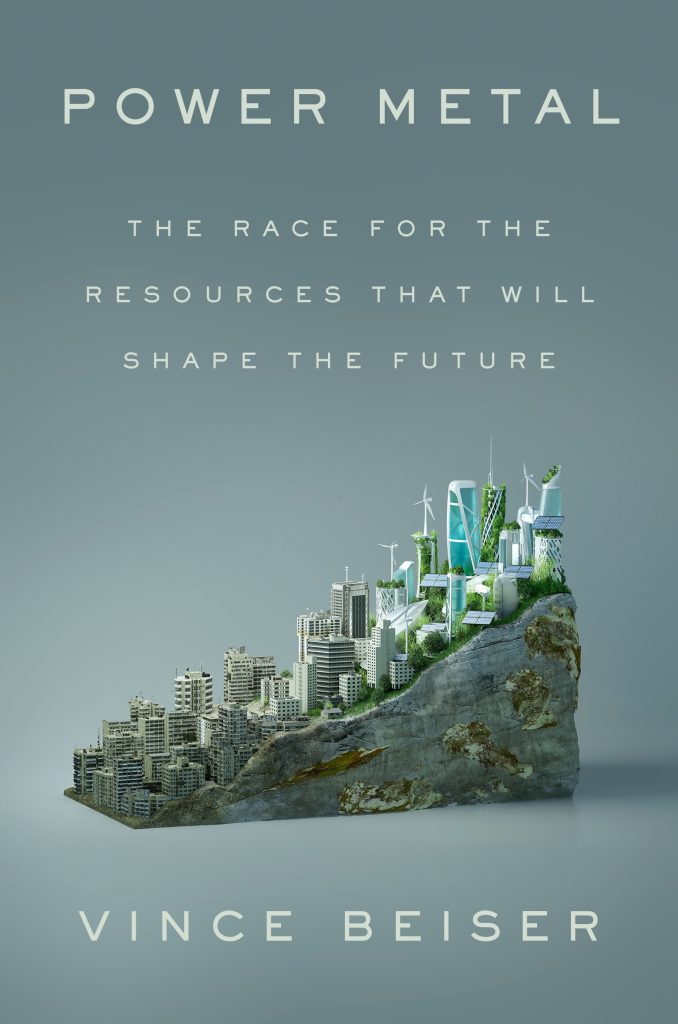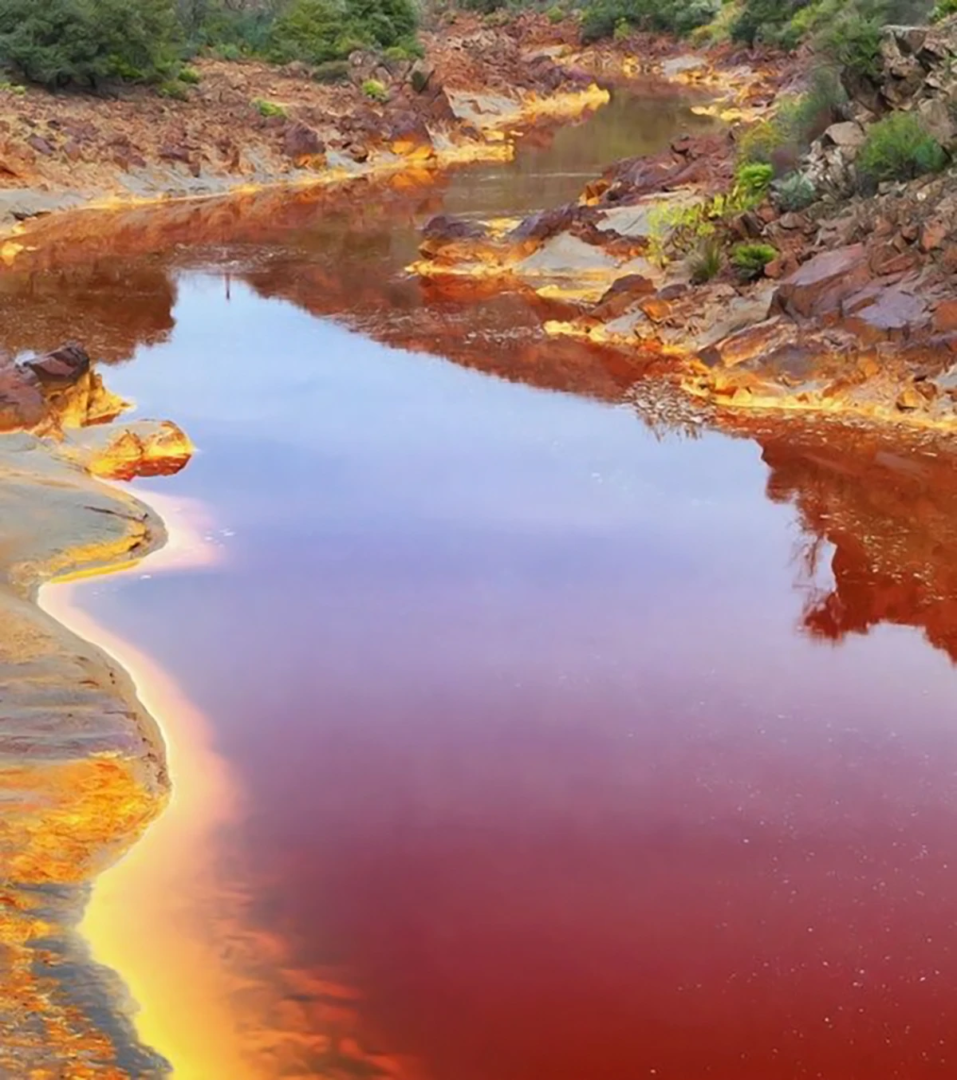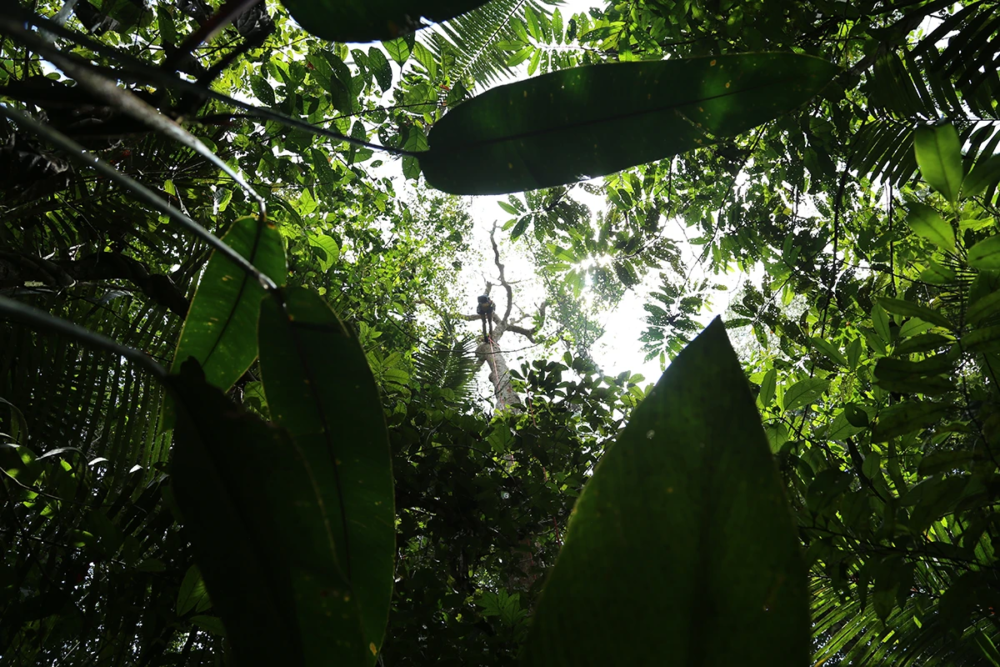
Why mining for EVs and renewables is dirtier than we think
The environmental impact of EV mining: Vince Beiser explains the invisible supply chains, hidden machines, and raw materials behind smartphones, EVs, and modern life
Writer and independent journalist Vince Beiser discusses his recently published second book Power Metals: The Race for the Resources That Will Shape the Future, which addresses the intensified competition for the resources to clean-energy technologies. Achieving longer-range EV batteries, expanding renewable power, and upgrading infrastructure will demand vast amounts of nickel, copper, and other critical minerals. How these resources are obtained will shape both the success of the energy transition and the planet’s long-term health.
“How do you assess just how much harm they are doing? This is a question that a lot of people spend time working on, every mine is different, every country is different and every jurisdiction within countries is also different.”
The dark side of clean energy: critical metals, rare earth elements, and EV production
Building an electric vehicle requires far more minerals than producing a conventional petrol or diesel car—six times as much. The International Energy Agency (IEA) projects that by 2040, global demand for rare earth elements could be three to seven times higher than today, while the need for lithium may grow by a factor of 40.
Beiser discloses, “I don’t use the term green energy in my book because there’s no such thing. Yes, solar power, wind power are renewables and have no carbon emissions, but they still create lots of environmental damage and human suffering due to all the mining that’s involved.”
Meeting the goals of the 2016 Paris Agreement, which aims to limit global temperature rise by cutting emissions, would mean increasing mineral output to four times current levels. At present, production growth is only on course to double. “Everything has a cost. Every new bright and shiny idea has its downsides and that definitely includes renewables and electric vehicles.”
There are three main ways of sourcing rare earth elements: direct mining of ores, recycling materials from products such as discarded electronics, and extracting them from unconventional sources like coal ash or mine waste. Global demand for critical minerals, especially lithium, is climbing to support clean energy goals. But ore quality degradation, extraction constraints, environmental and social impacts, and geopolitical pressures complicate the future.
The environmental impact of EV mining: how resources built our modern economy and energy transition risks
The State of the Art. Over the course of human history, mining has supplied the raw materials that underpin human progress. In today’s economy, its influence reaches nearly every sector, from manufacturing and transport to energy and technology. Global patterns are shifting under the pressure of urban growth, changes in energy production, and rapid innovation.
Efforts to cut carbon emissions come with trade-offs. Electric vehicles, wind power, and advanced grids can lower pollution, but producing the metals and minerals they require often damages land, water, and wildlife. Political divisions and shifting alliances are disrupting supply chains and creating new risks. Industries that once followed predictable, linear production models are reorganizing around core needs: mobility, making and building, food supply, healthcare, and energy.

From sand mining to critical metals: Vince Beiser on hidden supply chains shaping civilization
Vince Beiser’s first book The World in a Grain examined how sand, seemingly abundant, has become an overexploited resource. He argued that there is no modern civil action without sand. “It got me thinking about these hidden supply chains, hidden machines that make our modern world possible. It’s a similar story with critical metals, when you go to buy your iPhone, you don’t think about where did the lithium come from that’s in the battery or the tubing or the trace.”
“When you explain all the damage and all the harm that’s caused by sand mining or by critical metal mining, a lot of people’s first reaction is ‘oh, well then we must stop it’. We can’t stop these either one of those things, we need sand, we need critical metals. There is no modern civilization without them, so then the question becomes, how can we live with it? How can we limit those problems?”
Buying his first electric vehicle sparked a series of questions: Where did all these materials come from? How was this supposedly “clean green” car built? “Then along the way, through my travels and researching, the thing that affected me the most was the time that I spent with the e-waste pickers in Nigeria; I was blown away with how hard these people work and how clever, how ingenious they are at just picking out, finding every little tiny bit of value in what the rest of us are throwing away.”
Beiser acknowledges mining and how mining will continue to shape the world we live in. It is not about extracting too much but about how society chooses to mine. “There is no getting around it’s going to cause some harm, but we can reduce those harms by taking better care of the wastewater, taking better care of the toxic emissions, paying your workers a living wage, making sure there’s no children working in your mines.”
Copper crisis and declining ore grades: why the energy transition depends on mining more rock
Beiser explains: “In the case of copper, which is the metal that we need the most of for the energy transition, a very rich copper grade is considered 5%. Meaning 5% of the rock you dig up is going to be copper. You would have to dig up a hundred pounds of rock and crush it down just to get 5 pounds of copper. And that’s for a very rich, high grade of copper.”
In Chile, the world’s biggest supplier of copper, the grade of the ore has reached a percentage of just 0.5. That means for every 100 pounds or even 100 tons of rock dug up, miners obtain only half a pound of copper. The amount of destruction and energy required to achieve this scale of extraction makes the process increasingly unsustainable.
Water use in mining: lithium extraction, indigenous communities, and global water pressure
The demand for copper, cobalt, and lithium is expected to rise in the years to come. Yet mining is already one of the biggest contributors to global carbon emissions—responsible for 4–7% globally.
Beiser admits, “Mining is a dirty, destructive industry. We often forget about all the other steps that come in between that mine and when you’re holding your iPhone in your hand or when you’re driving your EV. There’s a whole chain of big heavy industrial facilities, and most of these facilities are powered by coal: the refineries, processing plants and so on.”
The Atacama Desert in northern Chile illustrates the conflict. Rich in lithium and copper, it is also one of the driest places on Earth. Industrial-scale mining requires vast amounts of water, pulling from aquifers and streams, depriving Indigenous communities of irrigation and drinking water. “In some cases, it has gotten so bad that the government has forced one of them to start pumping up seawater, by desalinating, which is over 100 miles away and thousands of meters downhill.”
From 2001 to 2020, mining led to the clearing of 260,000 hectares of forest on Indigenous and community lands, including 90,000 hectares of primary tropical rainforest. Lithium adds a unique twist: it is extracted from underground brines, spread to evaporate under the sun. Companies argue the salty water is “useless” to people or animals, but communities say otherwise.
Recycling critical metals: extended producer responsibility and reducing mining demand
In a world of rising consumerism where most products are not recycled, mining provides resources that fuel economies. “The sad fact is if we’re going to switch to renewable energy and electric vehicles, which I believe we must, and in order to continue building all the digital machines that our lives depend on now, we need these metals and that means we need to mine at least some of them.”
One concept is extended producer responsibility. Governments can force manufacturers to ensure that their products are recycled. “The European Union has good stringent rules around extended producer responsibility. China also has taken control by ensuring all the electric vehicle makers are required to make sure their vehicles get recycled at the end of their lives. In North America it barely happens at all, it is an unknown concept that has to change.”
Beiser concludes, “The more that we recycle, the less mining we have to do. We need to somehow incentivize and make it profitable for people to recycle and give away old gadgets that we all leave behind tucked away in an unused drawer.”
Farah Hassan








